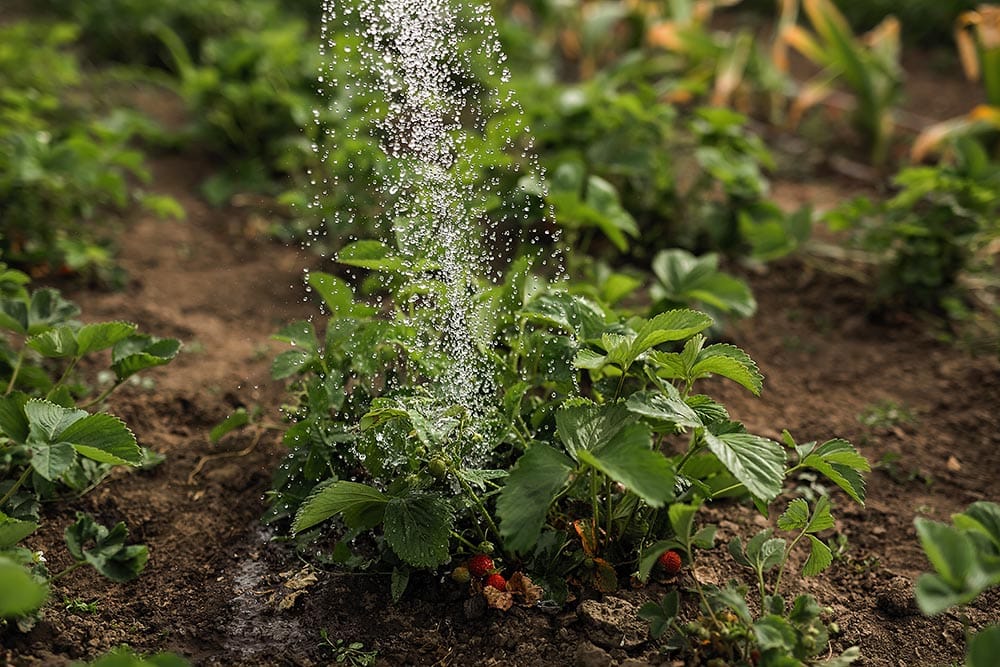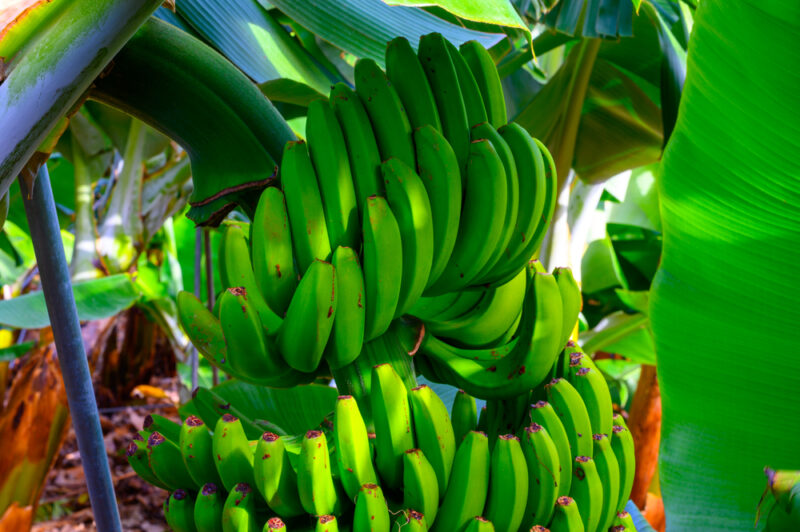Which Fruits Need the Most Water to Produce? (2025 Guide)
-
Jeff Weishaupt
- Last updated:

When we begin a journey toward a better, healthier, and eco-friendly diet, we assume we can never go wrong with fruits and vegetables. However, studies on the water footprint of fruits show us that it is nearly impossible to guarantee that our diet has no adverse effect on the planet and its people.
While fruits do have a significantly smaller water footprint than other foods, such as meat and nuts, the impact is still there. In addition, certain fruits, such as avocados and bananas, have a more damaging water footprint than others, like oranges or tomatoes.
As for the fruits needing the most water for production, figs, and dates top the charts. If you’re here to learn the details of how much water is required to produce the fruits in your diet, keep reading.
What Is a Water Footprint?
The water footprint can be described as the amount of water used in a particular food’s production and is measured in liters per hectare of cropland, per pound, per unit of currency, or other functional units.
Learning each food’s water footprint can determine how our freshwater resources are used and consumed. As a result, it’s easier to alter our daily choices to positively affect the world’s water resources and make a difference.

Which Fruits Need the Most Water to Produce?
There’s a common misconception that bananas have the most significant water footprint of all fruits when the real culprit is the fig. Figs significantly affect our planet’s freshwater resources, with a whopping water footprint of 401 gallons per pound.
If the number is hard to imagine, 400 gallons equals nearly 10 bathtubs worth of water. While these numbers may seem shocking compared to the other fruits on our list, figs aren’t too harmful to the environment, especially when considering the water footprint of meat. For example, a pound of beef requires 1,800 gallons of water to produce, while a pound of chicken requires 518 gallons. In comparison, 400 gallons for a pound of figs isn’t too harmful, so feel free to enjoy this potassium-rich fruit once in a while.

Water Footprint of Fruits
Here’s a complete list of fruits and their water footprint in gallons per pound.
| Apples | 99 gal/lb |
| Apricots | 154 gal/lb |
| Avocadoes | 237 gal/lb |
| Bananas | 95 gal/lb |
| Blackberries | 115 gal/lb |
| Blueberries | 101 gal/lb |
| Cantaloupe | 115 gal/lb |
| Cherries | 169 gal/lb |
| Clementines, Mandarins, and Tangerines | 90 gal/lb |
| Cranberries | 33 gal/lb |
| Dates | 273 gal/lb |
| Figs | 401 gal/lb |
| Gooseberries | 63 gal/lb |
| Grapefruits | 61 gal/lb |
| Grapes | 73 gal/lb |
| Guavas | 216 gal/lb |
| Kiwis | 62 gal/lb |
| Lemons and Limes | 77 gal/lb |
| Mangoes | 216 gal/lb |
| Oranges | 67 gal/lb |
| Papayas | 55 gal/lb |
| Peaches and Nectarines | 109 gal/lb |
| Pears | 111 gal/lb |
| Pineapples | 31 gal/lb |
| Plantains | 192 gal/lb |
| Plums | 261 gal/lb |
| Pumpkins | 40 gal/lb |
| Raspberries | 50 gal/lb |
| Strawberries | 42 gal/lb |
| Tomatoes | 26 gal/lb |
| Watermelons | 28 gal/lb |
| White and Red Currants | 60 gal/lb |

Conclusion
Looking at the bigger picture, fruits have relatively low water footprints when you consider that 1,800 gallons of water produce 1 pound of beef. In fact, you probably have a better chance of reducing your water footprint by cutting meat from your diet instead of fruits and vegetables.
However, if you’re interested in learning the water usage during the growth of your favorite foods, it’s worth noting that figs, plums, bananas, and avocados have the largest water footprint of all fruits. Some low-footprint fruits include watermelons, lemons, tomatoes, and most berries.
Featured Image Credit: photoPOU, Shutterstock
Contents
